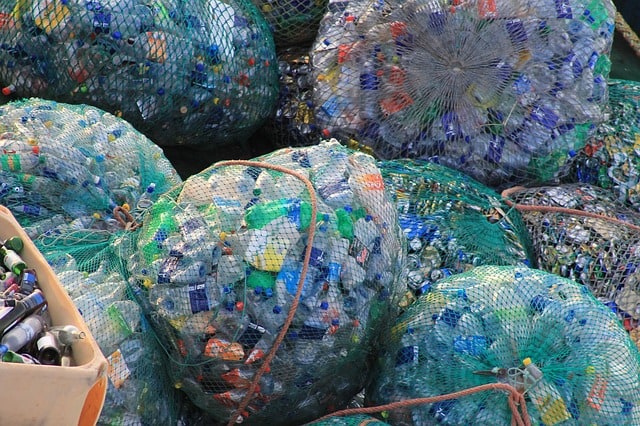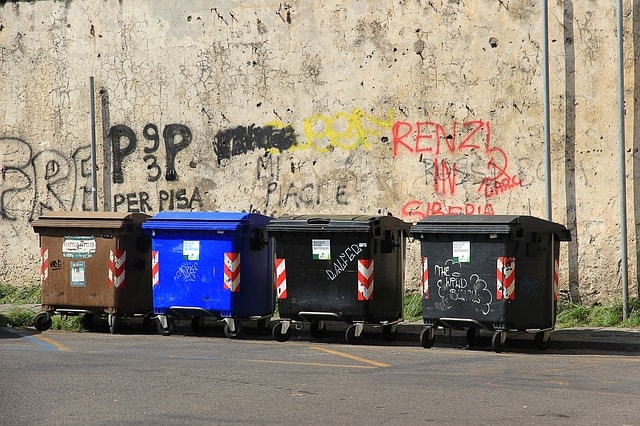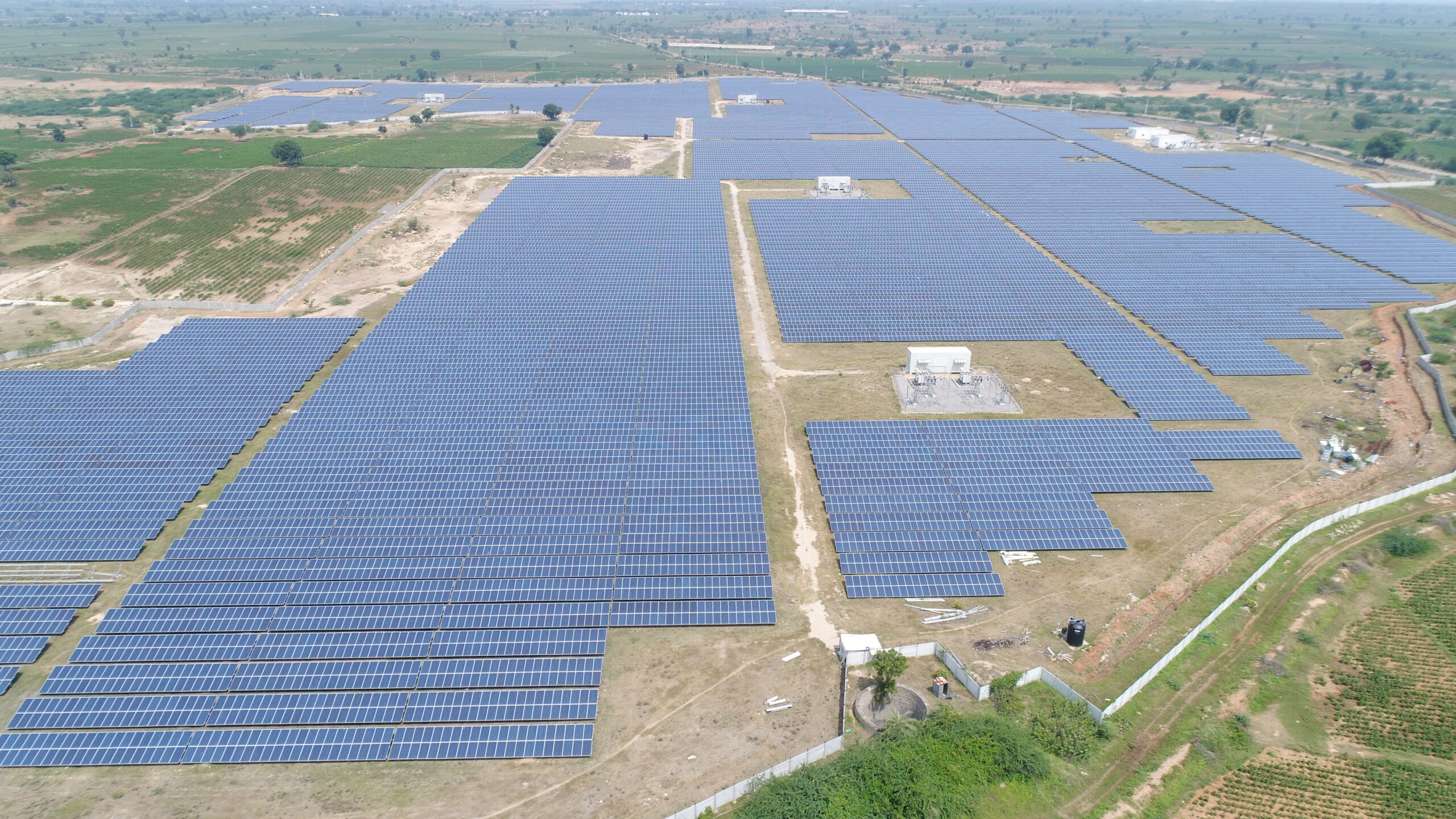Recycling
Courtesy : www.conserve-energy-future.com/
Unless you have been on another planet for the last century, then you have probably heard of it. Recycling is the process of breaking down and reusing materials that would otherwise be thrown away as trash. Many communities and businesses make it easy to recycle by placing labeled containers in the open for public use or providing bins for home and business owners who have curbside pickup.
There are numerous benefits of recycling, and with so many new technologies making even more materials recyclable, with everyone’s help, we can clean up our Earth. Recycling not only benefits the environment but also have a positive effect on the economy. Recycling is reported throughout human history but has come a long way since the time of Plato when humans reused broken tools and pottery when materials were scarce.
While recycling is great in a lot of ways, the ultimate goal is to get people to prevent waste in the first place.
~ MCKENZIE JONES
Today, there is a multitude of benefits that come from recycling as well as tons of items that can be recycled.
Wikipedia defines Recycling as,
“Recycling is the process of converting waste materials into reusable objects to prevent waste of potentially useful materials, reduce the consumption of fresh raw materials, energy usage, air pollution (from incineration) and water pollution (from landfilling) by decreasing the need for “conventional” waste disposal and lowering greenhouse gas emissions compared to plastic production.
Recycling is a key component of modern waste reduction and is the third component of the “Reduce, Reuse and Recycle” waste hierarchy. ”
Contents [show]
Why is Recycling Important?
The benefits are far-reaching, and everybody gains when people adopt recycling as an everyday habit. Whether it is a community effort to help beautify a dirty neighborhood street or on a larger scale to help a business save hundreds to thousands of dollars on waste management, the advantages of a well-maintained recycling program are endless.
Environmental Benefits
1. By recycling, people can prevent millions of tons of material from entering landfills, saving space for garbage that cannot be repurposed.
There are over 1,500 landfill sites in the UK, which produced a quarter of the UK’s emissions of methane, a powerful greenhouse gas. Landfills not only pollute the environment but also hamper the beauty of the city.
2. Recycling reduces the need for extracting (mining, quarrying and logging), refining and processing raw materials, all of which create substantial air and water pollution. The pollutants that are released into the air and water can be greatly reduced with an increase in recycling.
3. As recycling saves energy, it also reduces greenhouse gas emissions, which helps to tackle climate change. Recent UK recycling is estimated to save more than 18 million tonnes of CO2 a year, equivalent to taking 5 million cars off the road. In short, recycling reduces greenhouse gas emissions into the atmosphere.
See also Are Air Filters Recyclable? (And Are They Washable?)
4. Using recycled materials in the manufacturing process uses considerably less energy than that required for producing new products from raw materials also when compared with all associated costs, including transport etc, as these are industry-ready materials. It greatly reduces the amount of energy used daily by not needing to produce new materials.
5. When we recycle, used materials are converted into new products, reducing the need to consume natural resources. If used materials are not recycled, new products are made by extracting fresh, raw material from the Earth, through mining and forestry.
Recycling helps conserve the Earth’s natural resources like raw materials, minerals, trees, etc. It protects natural habitats for the future and preserves natural resources for future generations.
6. If for absolutely nothing else, recycling keeps litter overflow to a minimum keeping the Earth looking beautiful.
7. In terms of energy, a single light bulb can be powered for up to four hours with the energy saved from one recycled glass bottle.
Economic Benefits
1. Recycling contributes to a circular economy where everything is a resource rather than waste. Properly run recycling programs cost the government, taxpayers, and business owners less money than waste programs.
2. Studies show that by continuing to increase positive recycling habits, the United States can create over one million jobs annually. For every one job created in the waste management industry, recycling creates four.
3. People can even make money by collecting approved materials to a nearby recycling facility that will pay for the product.
4. It is cheaper than waste collection and disposal. Lambeth council in London pointed out in 2017 that “it is 6 times cheaper to dispose of recycled waste than general refuse.”
So, the more you recycle, and the less you put in the bin, the more money is saved to use for households, businesses and local public services.
5. When materials are recycled locally, it boosts your local economy by creating more jobs in the recycling process and creates a better future for all.
Your recycling efforts also create new businesses like collection, transportation, processing, manufacturing, packaging and selling of recycled products, paving the way for a greener future.
6. Recycling can boost the tourism industry of countries. A clean environment is welcoming and would attract environmental enthusiasts around the world. This influx of tourists would also contribute to the foreign exchange reserve of a country.
Common Recyclable Items
There are so many materials that can be recycled in today’s society; it would take a book to go into detail about each and every one. Listed below, however, are a few of the most common recyclable items people come across in their everyday lives.
1. Metal
Metals that we use in our everyday life are often times recyclable. Being a very versatile material, recycling metal takes more than seventy percent less energy than it does to produce a completely new item.
- Aluminum foil – (As well as bakeware) can easily be recycled. By melting down the foil products and simply repurposing, the metal aluminum can be recycled almost infinitely.
- Aluminum cans – Studies show that Americans drink at least one canned beverage per day while only recycling a little over forty-five percent. It would save immense amounts of energy to recycle and reuse them as opposed to making new ones.
- Steel and tin cans – Things like coffee cans, soup containers, vegetable cans, etc. are one of the most recycled materials in America. This is a comforting statistic considering, on average, about 100 million are used daily in the States.
See also Structure, Components and Examples of an Ecosystem
2. Paper and Cardboard
Most people can look around themselves at just about any point in the day and see paper or paper products. Paper is a material that has no limits in the recycling world, and Americans are doing a great job in recycling. Studies show that people are recycling about 334 pounds of paper annually. Paper and cardboard materials that can be recycled are:
- Corrugated cardboard – This makes up most of the cardboard in people’s everyday lives. Over seventy percent of shipping boxes already having been repurposed from sawdust, woodchips, or other paper products. Other items recycled cardboard is used to make are things like cereal boxes, tissue paper, printing paper, and poster board.
- Magazines and newspapers – Many people still get magazines and newspapers on their mailboxes and their front porches. Too frequently, these are junk ads or unwanted publications that go directly into the trash. One ton of recycled paper can save enough energy to power an American household for over five months.
- Office paper and poster board – Most people interact with at least one piece of paper a day. Papers are in the mailbox, printer, and briefcase next to the door, everywhere. Paper can be easily repurposed, saving high production costs and energy levels for new products.
3. Glass
Glass bottles and jars are not quite as versatile as paper or metal products when it comes to recycling. Due to the various colors of glass, many items can only be repurposed into another of the same item. The different types of glass recycling typically pertain to the color of the bottle or jar.
- Flint glass – This is the term used to refer to clear glass items, which make up the largest part of the glass market at just over sixty percent. Usually, items bottled in clear glass containers are not light-sensitive, and people want to have seen.
- Amber glass – One of the reasons glass can be hard to recycle is due to the fact that the colors cannot be removed. For instance, amber, or brown, glass makes up less of the glass market than flint at thirty-one percent partially because it can only be made into other amber-colored glass products when recycled. Generally, items that are sensitive to sunlight are stored in brown colored glass bottles and jars.
- Emerald glass – When one thinks emerald, or green, glass wine and beer bottles typically come to mind. This is because the items inside are sensitive to sunlight and temperature, however not quite as sensitive as products that need to be stored in brown glass containers.
See also Is Vinyl Recyclable? (And Is It Biodegradable?)
4. Plastics (PET)
The clear plastic water and beverage bottles or plastic make up about 95% of this category. Clear plastic cups and packaging, such as on retail products, accounts for the remaining 5%. It is a popular recycling program; however, plastics recycling are not as successful as the other leading materials.
- PET (polyethylene terephthalate) is clear plastic water and beverage bottles.
- HDPE plastic, (High Density Polyethylene), or PEHD is a thermoplastic polymer produced from the monomer ethylene, and non-clear plastic, such as those opaque milk jugs, shampoo bottles, or other colored plastics.
- Other “colored plastics” such as straws to bottle caps, plastic spoons to Red Solo cups, and Legos to rubber duckies. High density plastics include almost all stiff or flexible plastic items.
5. Electronic or “e-waste”
Electronic gadgets contain chemicals and metals that can be hazardous if they’re thrown into a landfill. We can do a little research to determine which local facilities will accept and recycle them. These items can be
- computers
- stereos
- cell phones and batteries
- old televisions
- old household items
6. Other Items
- Concrete – It typically only comes from construction and demolition waste.
- Steel – Domestic steel scrap is used in the production of new steel.
Practicing good recycling habits is not difficult, nor is there a secret to being a “good recycler.” There are lots of ways to help create and maintain a better community through recycling.
Ways To Help in Recycling
- Get involved with local recycling programs.
- Volunteer to educate a class at a local elementary school. Kids can be huge advocates for the war on trash easily holding everyone around them accountable for the things they throw in the garbage.
- Take some time to go around and pick up trash in your own neighborhood or surrounding ones.
- If your job does not have a receptacle for recyclable products, ask if they wouldn’t mind providing one, or if they mind you providing one yourself.
- Make sure to practice proper recycling habits in your own life; nothing works better than leading by example.
The benefits of recycling have only been just barely touched in this article. With so many more recyclable items (including electronics, plastics, batteries, light bulbs, and much more), it is easier than ever to help the environment in a plethora of ways.
Saving the world energy and money and helping people find jobs are the main points mentioned as far as economic benefits go, but there are far more advantages than this article has dug into.
For people interested in playing a bigger role in the world of recycling around them, Google (or your favorite search engine) is a good place to start. With a little bit of research, anyone can become an expert and start implementing positive recycling habits in their own lives, as well as those of the people around them. One person can make a gigantic difference, and together we all can change the world.





